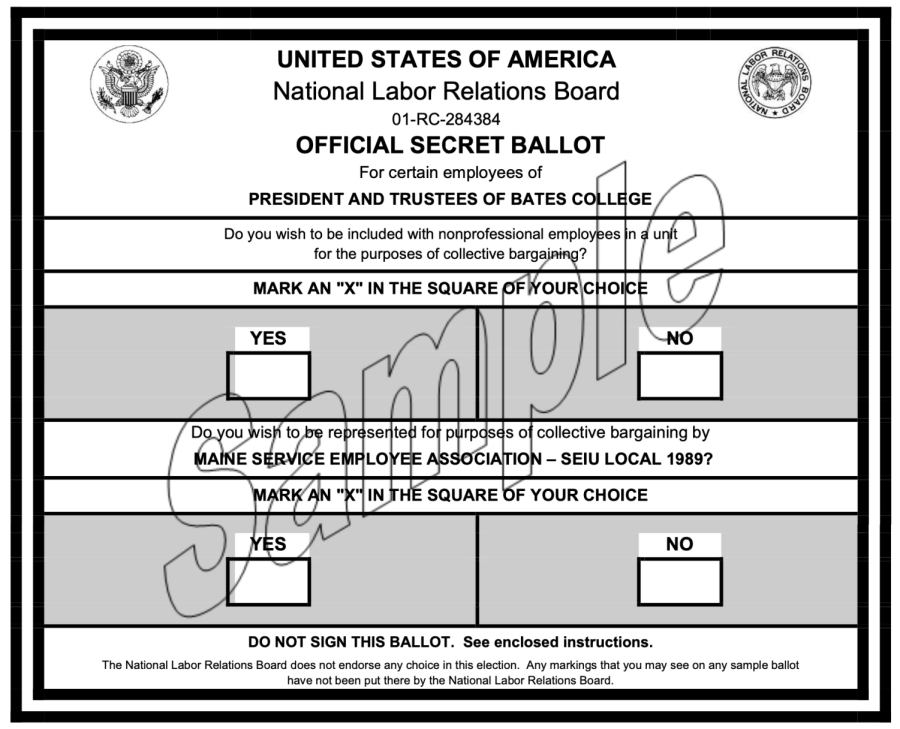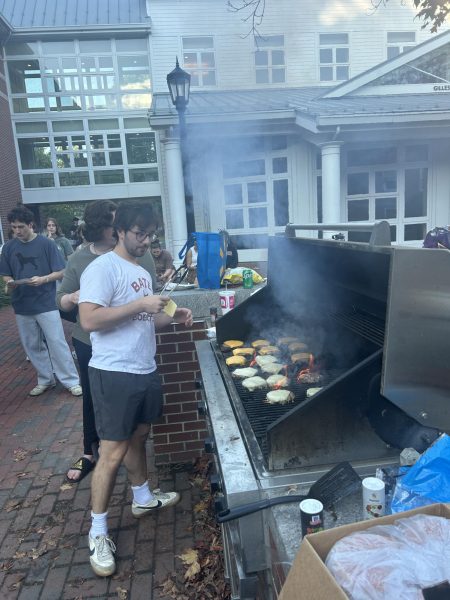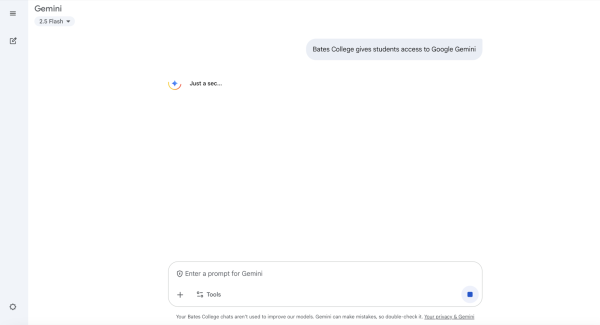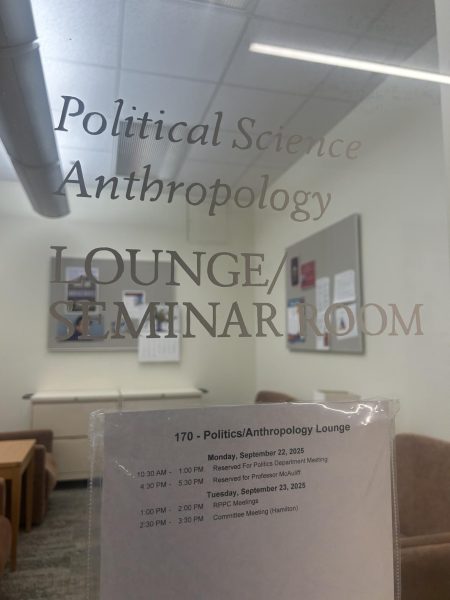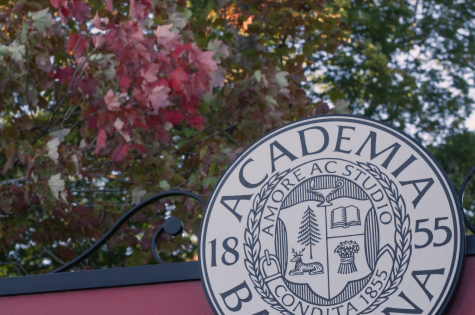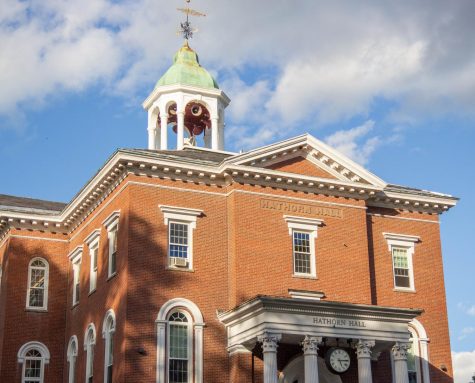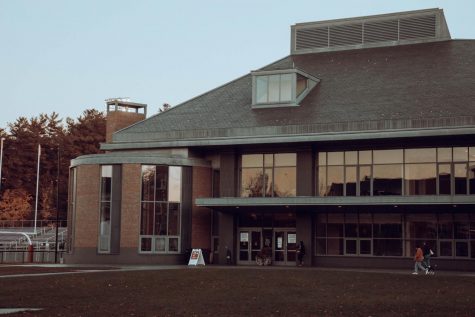Proposed Union Fails as Votes are Finally Counted
On Thursday afternoon, the National Labor Relations Board (NLRB) completed its count of ballots cast in a unionization vote of Bates College professionals and support staff, with the union vote failing on a tally of 254-186. While this is an unofficial count, the majority of votes counted have not been cast in favor of a union.
The ballots, which were cast by Bates staff as well as visiting professors and lecturers 14 months ago, were released from impoundment following last Friday’s NLRB ruling which ordered the votes to be opened and counted. Voters could not include staff supervisors, tenured professors or professors on tenure-track.
At 1:40 p.m., about 90 participants were let into a Zoom call after an almost two hour long wait in the meeting’s waiting room, due to “administrative tasks.” Hosted by Sub-Region 34-Boston of the NLRB, three camera angles showed virtual attendees a small conference room. Lawyers, NLRB officials, union representatives and Bates faculty and staff members watched on as ballots were removed from banker style boxes.
NLRB officials first opened ballots and tallied the first question vote of group a which only consisted of “college professional staff” including visiting professors and lecturers. The terms professional and support staff were used by government officials to differentiate between the two groups of college employees.
Ballots which were cast by professional staff consisted of two questions. The first was: “Do you wish to be included with nonprofessional employees in a unit for the purposes of collective bargaining?” This question determined whether or not one or two bargaining units would be formed should the latter vote for unionization pass. The first vote passed 62-37.
NLRB officials then removed Group B’s ballots from their boxes. Group B consisted of the college’s support staff, a much larger group. Group A and B’s ballots were combined, and votes were counted. The second question, “Do you wish to be represented for purposes of collective bargaining,” failed on a vote of 254-186.
The complete number of ballots cast totaled 461. Twenty one ballots were challenged and 440 were counted. The counting took place by hand and each individual ballot was held up to the camera allowing for lawyers of both parties to self-tally.
The Bates Employee and Staff Organization (BESO), a pro-union group of staff and educators, released a statement on their Instagram account following the vote.
“We’ll continue to stay connected and work to build a voice for us educators and staff on campus,” it read. “We faced a difficult and heavily-funded anti-union campaign, and still overcame so much together. Win or los, it is clearly time for change at Bates, and although we won’t be able to take this step of forming a union together right now, we are incredibly proud of our organizing and the way our campus has come together over the past 18 months.”
President Spencer addressed the election results in an email to colleagues, staff, and faculty following the vote.
“I recognize that this process has been long and challenging, and individuals will likely have strong — and differing — reactions to this news. Bates aims to provide all employees with competitive wages, strong benefits, and the opportunity to participate in a vibrant campus community. These fundamental values will continue to shape our work together to serve our students and provide a transformative undergraduate education.”
President Spencer further mentioned that “during the union organizing campaign, colleagues raised many important issues that merit our attention and action to enhance the employee experience at Bates.” Spencer assured that work on these issues has already begun, and she looks forward to continuing Bates’ progress as a community.
In 2021, over 30 percent of the college’s union-eligible employees signed paperwork to join the Maine Service Employees Association. After employees cast official union ballots in early 2022, the votes were impounded following legal challenges by the college regarding the formation of a wall-to-wall union.
After a federal court ruling which threw out the Trump-era policy allowing ballots to be impounded, votes were finally counted over a two-hour zoom conference this afternoon. Over the last 14 months, the unionization process was rife with legal and ideological controversy as tensions rose amongst staff, faculty, and students.
It is unknown if further legal challenges will follow the vote.
This story was last updated on Mar. 24 to include a statement from President Spencer.
Your donation will support the student journalists of Bates College and help us cover our annual website hosting costs.

Noah is a sophomore at Bates College, double-majoring in Politics and Sociology, and lives between Aspen, Colorado, and Washington, D.C.. Noah is the President...


